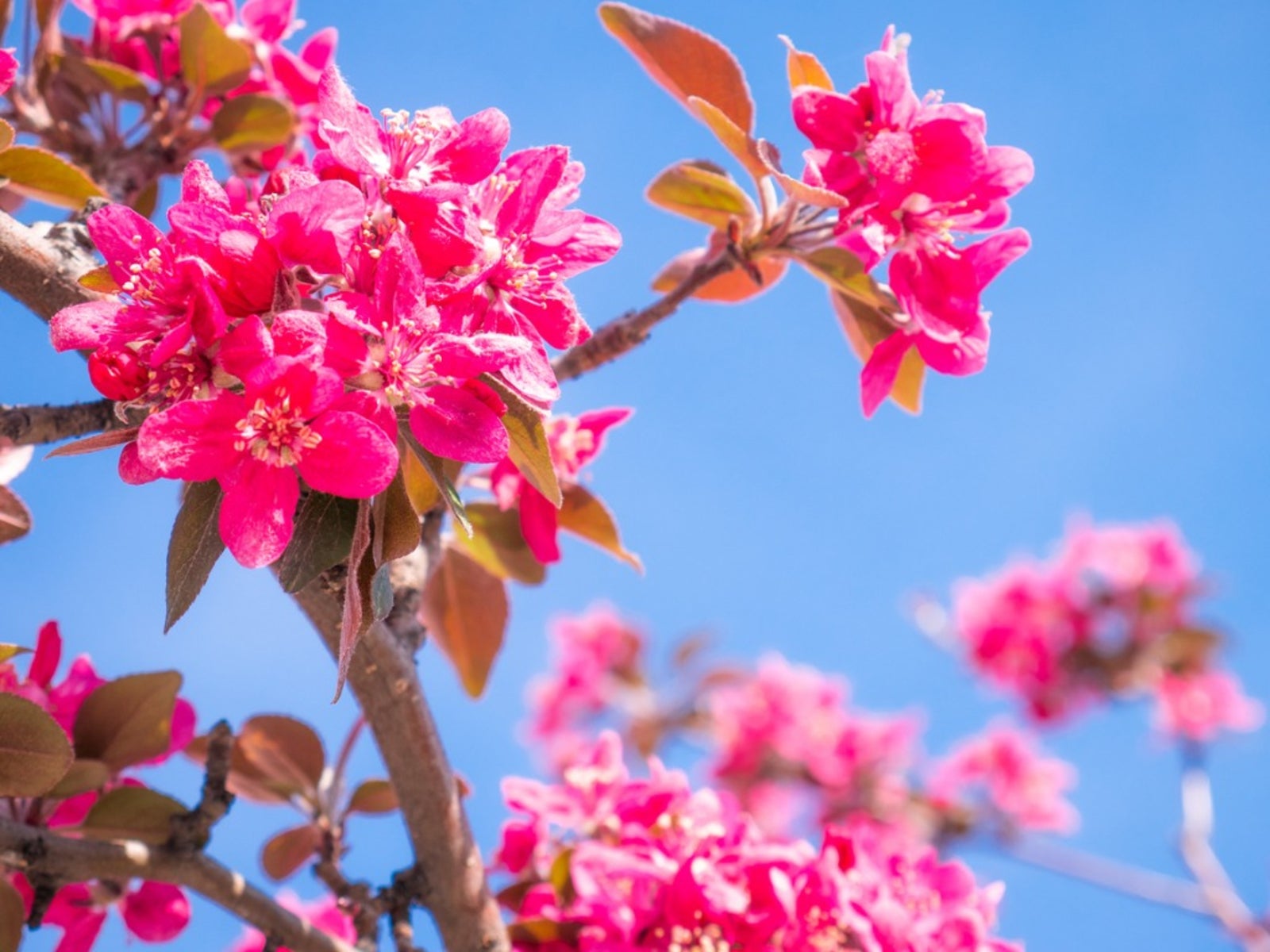Royal Raindrops Crabapples – Learn About Growing A Royal Raindrops Tree


Royal Raindrops flowering crabapple is a newer crabapple variety with bold pinkish red flowers in spring. The blooms are followed by tiny, reddish purple fruits that provide food for birds well into winter. The dark green leaves turn a bright coppery red in autumn. Interested in growing a royal raindrops tree in your garden? Read on for more information.
Growing Royal Raindrops Crabapples
Crabapple ‘Royal Raindrops’ (Malus transitoria 'JFS-KW5' or Malus JFS-KW5 ‘Royal Raindrops’) is a newer crabapple variety valued for its tolerance to heat and drought and excellent disease resistance. Royal Raindrops flowering crabapple is suitable for growing in USDA plant hardiness zones 4 through 8. Mature trees reach a height of up to 20 feet. (6 m.). Plant this flowering crabapple tree anytime between the last frost in spring and about three weeks before the first hard frost in fall. Crabapple ‘Royal Raindrops’ are adaptable to nearly any type of well-drained soil, but acidic soil with a pH of 5.0 to 6.5 is preferable. Be sure the tree is sited where it receives full sunlight.
Royal Raindrops Crabapple Care
Water Royal Raindrops regularly during the first few years to establish a healthy root system; thereafter, an occasional deep watering is sufficient. Beware of watering excessively, which may cause root rot. The tree may need additional water during hot, dry weather. Although crabapple trees are drought tolerant, lack of water will affect next year’s flowering and fruit. Feed the tree with a balanced, general-purpose fertilizer before new growth emerges in late winter or early spring, beginning the year following planting. Spread a 2 inch (5 cm.) layer of mulch around the tree to keep the soil moist and reduce evaporation. Keep lawn grass away from the base of the tree; the grass will compete with the tree for water and nutrients. Prune Royal Raindrops flowering crabapple after flowering in spring if needed to remove dead or damaged wood or branches that rub or cross other branches. Remove root suckers at the base of the tree as soon as they appear.
Sign up for the Gardening Know How newsletter today and receive a free copy of our e-book "How to Grow Delicious Tomatoes".

A Credentialed Garden Writer, Mary H. Dyer was with Gardening Know How in the very beginning, publishing articles as early as 2007.